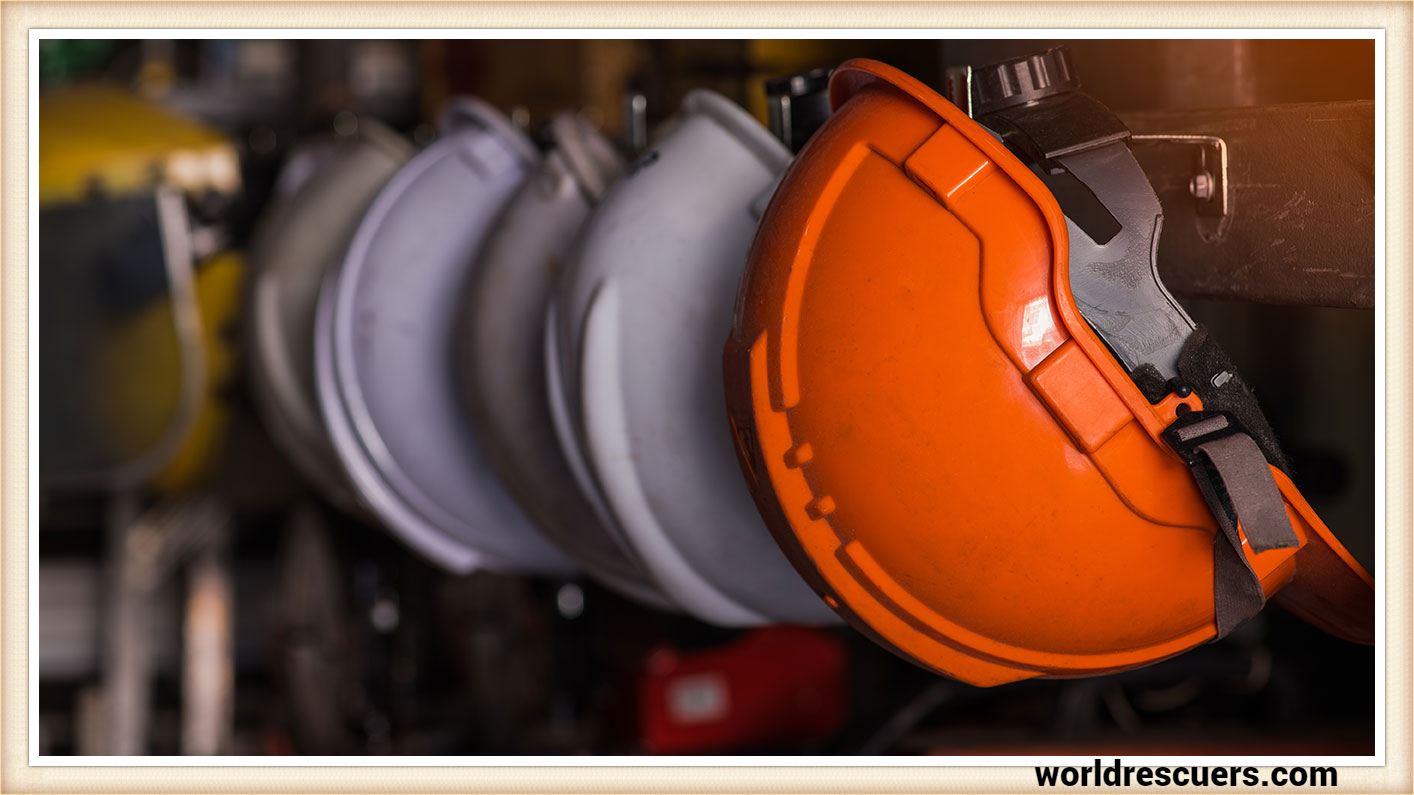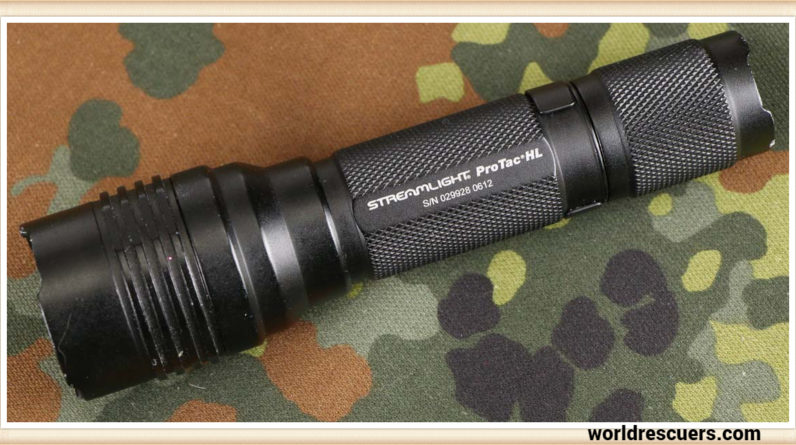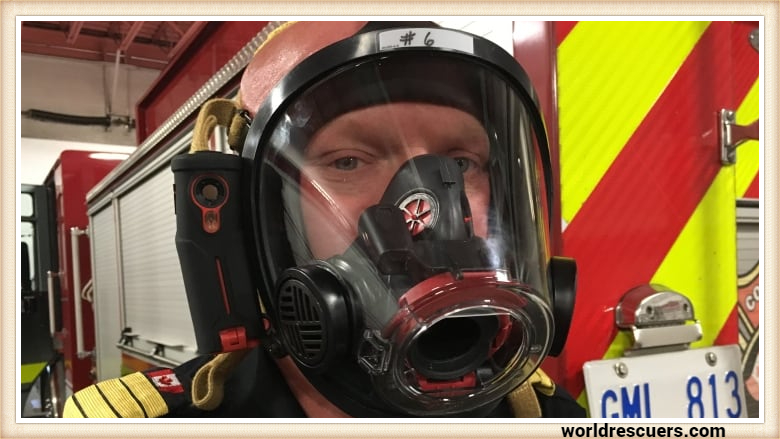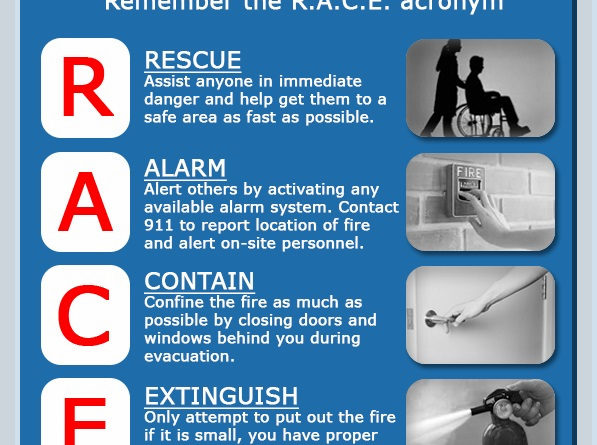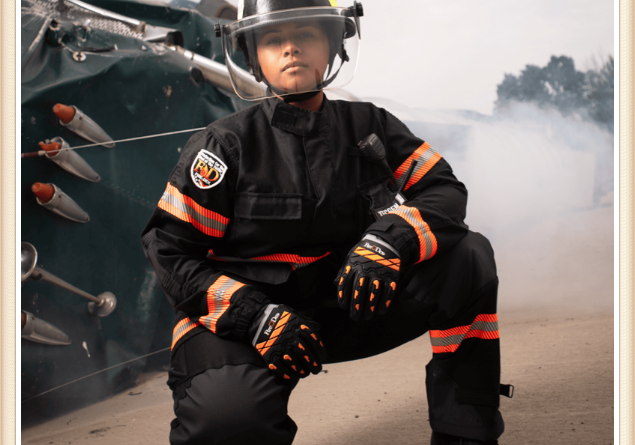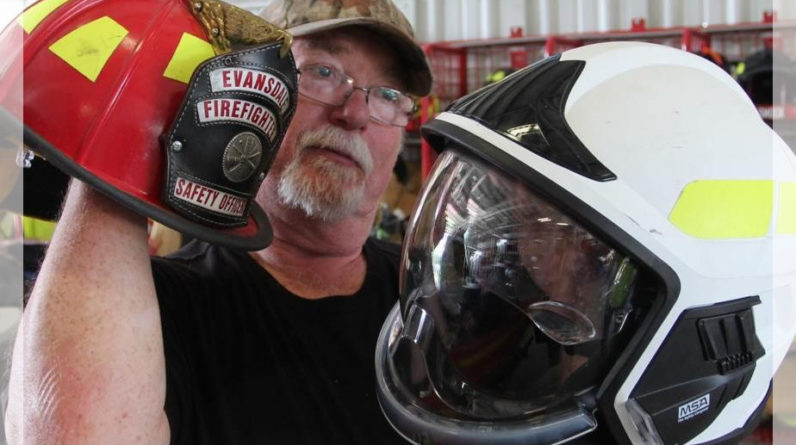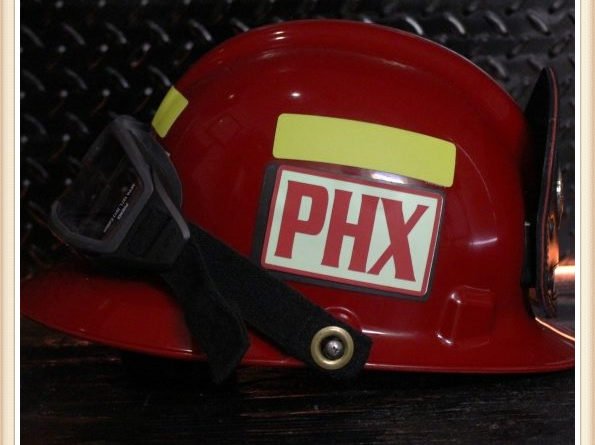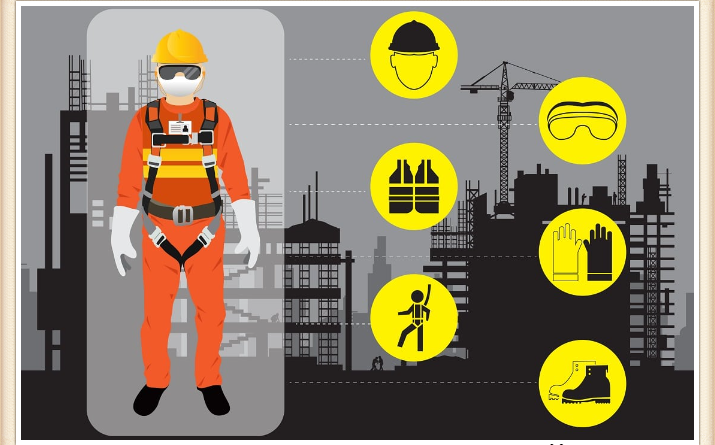
Summary
Personal Protective Equipment plays a crucial role in safeguarding individuals from various workplace and environmental hazards. By understanding the different types of PPE available and their associated prices, individuals and organizations can make informed decisions to prioritize safety without compromising quality. Remember, while cost is a factor, the primary focus should always be on selecting the right PPE that effectively mitigates the identified risks.
Introduction
In today’s rapidly evolving world, ensuring safety and well-being has become more critical than ever. One significant aspect of this is the use of Personal Protective Equipment (PPE). PPE refers to a range of specialized clothing and equipment designed to safeguard individuals from potential hazards in various environments. In this article, we will delve into the meaning of PPE, explore its different types, and provide insights into the associated prices.

What is PPE?
Personal Protective Equipment, commonly referred to as PPE, encompasses a diverse array of gear and clothing that is designed to protect individuals from a wide range of risks and dangers. These hazards can include physical, chemical, biological, radiological, and other potential threats. PPE acts as a barrier between the individual and the hazardous elements, minimizing the risk of injury or illness.
Types of PPE
PPE is categorized into several distinct types, each tailored to offer protection against specific hazards. Here are some of the key types of PPE:
Head Protection:
This includes helmets and hard hats that shield the head from falling objects, electrical shock, or impacts.
Eye and Face Protection:
Safety glasses, goggles, face shields, and welding helmets protect the eyes and face from debris, chemicals, and intense light.
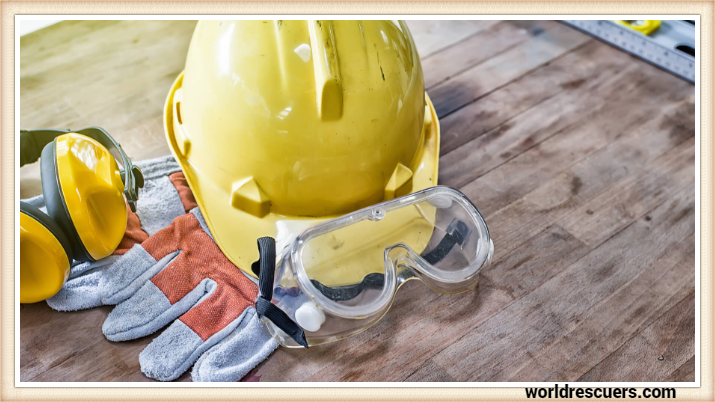
Respiratory Protection:
Respirators and masks are vital for filtering out harmful particles, gases, and airborne contaminants that can pose respiratory risks.
Hand and Arm Protection:
Gloves made from various materials offer protection against chemical exposure, cuts, abrasions, and thermal hazards.
Body Protection:
Coveralls, aprons, vests, and full-body suits guard against chemical splashes, extreme temperatures, and other physical hazards.
Foot and Leg Protection:
Safety boots and shoes shield feet from falling objects, electrical hazards, and slippery surfaces.
Hearing Protection:
Earplugs and earmuffs reduce the risk of hearing damage caused by loud noises and machinery.
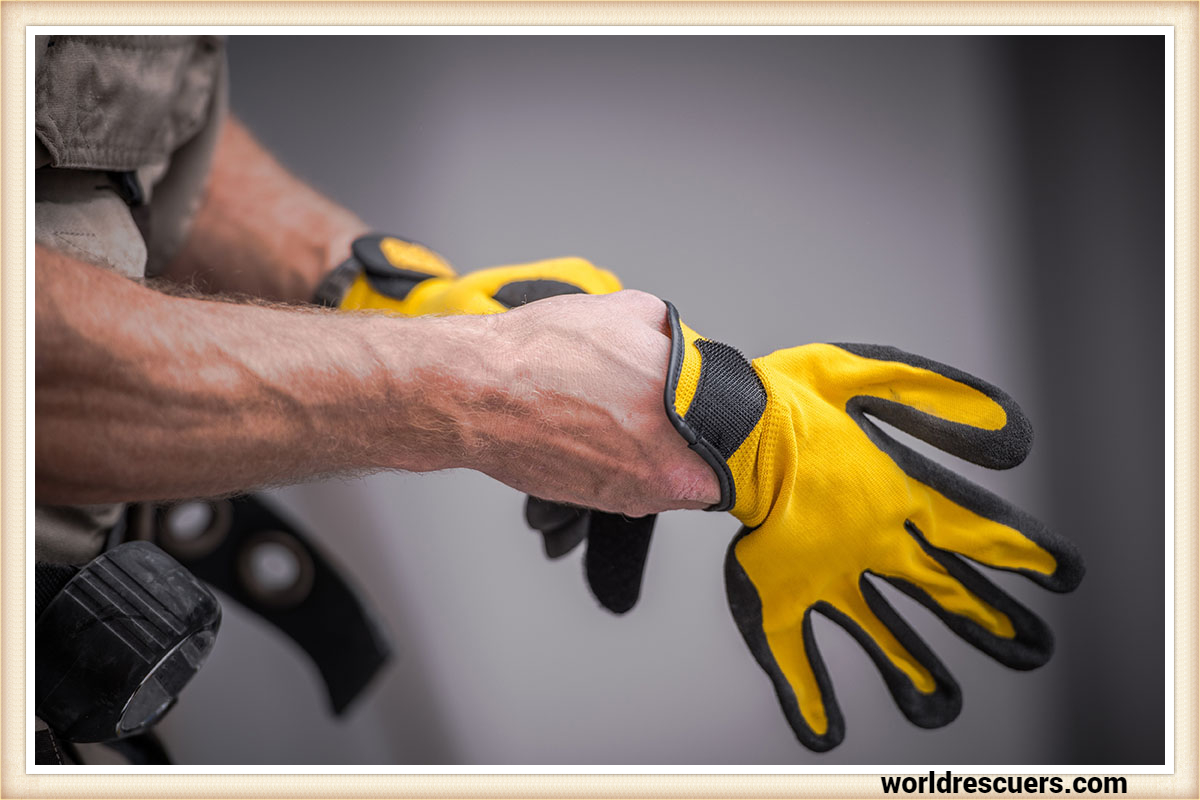
Price Insights
The cost of PPE can vary significantly based on factors such as the type of protection, quality, brand, and specific features. It’s important to note that while cost is a consideration, prioritizing the effectiveness of the equipment is paramount. Here is a general overview of the price ranges for some common PPE types:
- Head Protection: Basic hard hats can range from $10 to $30, while more advanced helmets with additional features may cost $50 to $150.
- Eye and Face Protection: Safety glasses and goggles can be found in the range of $5 to $20, while specialized face shields for heavy-duty protection might cost $20 to $50.
- Respiratory Protection: Disposable masks are generally affordable, ranging from $1 to $5. However, more advanced respirators for specialized environments can cost $20 to $100 or more.
- Hand and Arm Protection: Basic gloves can range from $5 to $20 per pair. Specialty gloves designed for specific tasks or hazardous materials can cost $20 to $50 or higher.
- Body Protection: Basic coveralls and vests may cost around $20 to $50, while more advanced chemical-resistant suits can be priced between $50 and $200 or more.
- Foot and Leg Protection: Safety boots and shoes can range from $50 to $150, depending on features like toe protection and sole type.
- Hearing Protection: Earplugs and earmuffs are relatively affordable, usually ranging from $1 to $20 per pair.
FAQ’s
What exactly does PPE stand for?
PPE stands for “Personal Protective Equipment.”
What is the 10 example of PPE?
10 examples of PPE include helmets, safety goggles, respirators, gloves, coveralls, safety boots, earplugs, face shields, aprons, and earmuffs.
What are the PPE in the workplace?
PPE commonly used in workplaces includes hard hats, safety glasses, masks, gloves, coveralls, steel-toed boots, earplugs, face shields, aprons, and respirators.
What are the PPE in healthcare settings?
PPE commonly used in healthcare settings includes surgical masks, gloves, gowns, face shields, goggles, respirators, and shoe covers.
Highly trained Assistant Fire Chief dedicated to public safety and awareness for the past 16 years. Effective leader who remains steady during times of emergency, while directing and motivating team members throughout crises.

